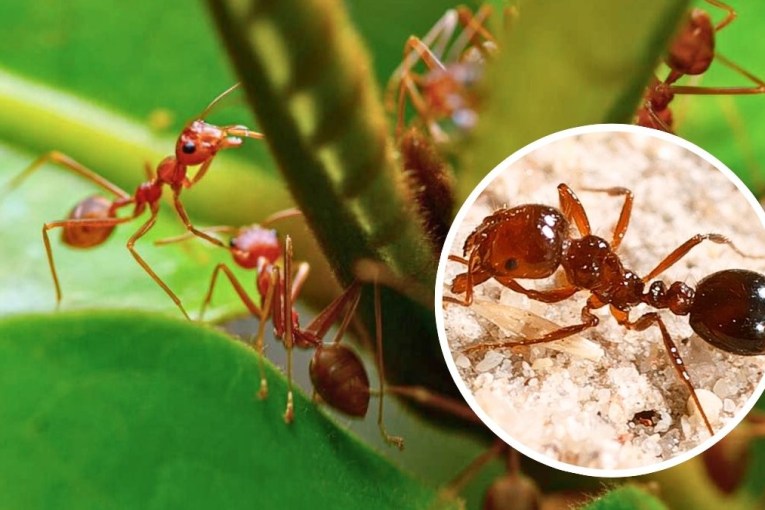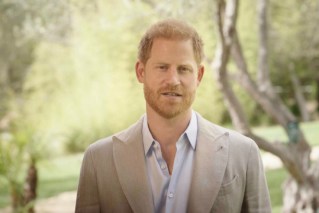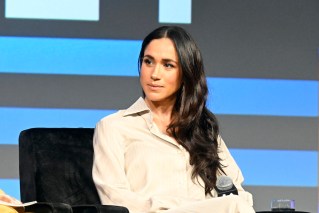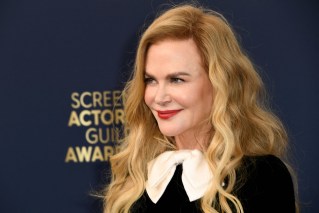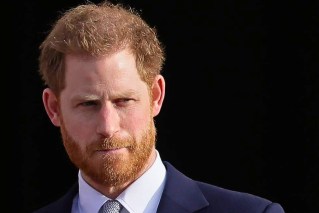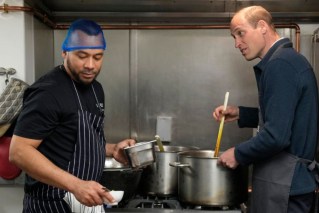The Stats Guy: It’s worth knowing more about your electorate than just its name

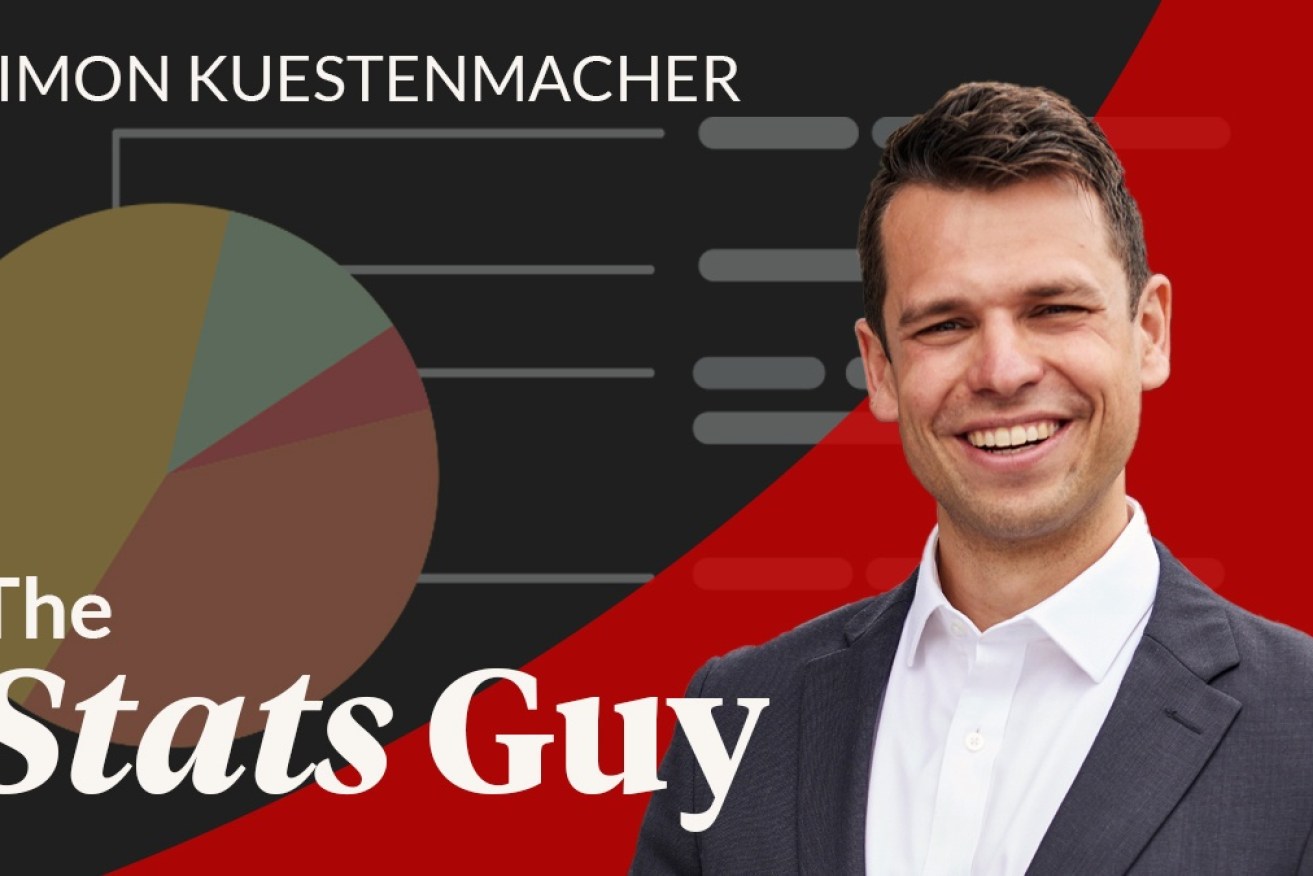
The upcoming election is a regular opportunity to freshen up on our geographic knowledge of Australia. Photo: TND
Every Australian knows the state, city and suburb they live in.
You likely write your address into some sort of online form several times per week.
But if you ask around, a surprisingly large number of people have no idea what their federal electorate is. Only a small number are probably aware of the rough geographical boundaries of their electorate – which suburbs or towns are included and where the next electorate starts.
Electorate boundaries are regularly redrawn, as they are meant to capture roughly the same number of voters (rather than population).
For the upcoming election, the average number of voters in the 151 electorates is about 113,000. It makes sense that the names of electorates tend to refer to people (former politicians, artists etc.) rather than geographical markers.
Is it just a matter of time before we see the electorate of Shane Warne?
Not everyone is allowed to vote and, therefore, decide who should be the member for any given electorate. Excluded is everyone under the age of 18, all non-citizens, people of unsound mind, inmates serving a sentence of three years or more, people convicted of treason, as well as Aussies living overseas with no intention of returning.
We end up with just over 17 million voters for the 2022 election.
Every Member of Parliament is supposed to fight for the interests of the people living within a particular electorate. (Let’s just ignore party politics for now, shall we?)
This leads to my first question. Which electorate has the highest proportion of non-voters? We can measure this by dividing the enrolment count for each electorate by the estimated total population.
In the electorate of Melbourne (roughly includes the city centre, Richmond, Fitzroy, Carlton), less than half of the population (49 per cent) will be eligible to vote in the upcoming election. The non-voters of Melbourne are mostly international students and skilled migrants rather than people under 18. Melbourne is, of course, home to the only Greens MP, Adam Bandt, who won the seat with a safe margin.
The NSW electorate of Lyne (essentially everything between Newcastle and Port Macquarie) has the highest rate of eligible voters (79 per cent). This is a rural working-class electorate where household income falls 35 per cent below the state average. The electorate sees little migration and is much older than the state average. David Gillespie from the Nationals won the seat with an equally safe margin as his Greens counterpart in Melbourne.
OK, technically David represents the largest and Adam the smallest share of the population living in each of their electorates. This doesn’t translate into an electorate that is particularly complex to in which to campaign. The young hyper-educated people of Melbourne and the working-class community of Lyne are more or less socio-economically homogenous.
Surely, it’s easier for an MP to represent the interests of their electorate when the basic economic interests of the voters are roughly the same – I think it’s fair to assume that David and Adam both represent such electorates.
Let’s hunt for the electorate with the widest economic gap within the electorate. It’s a simple exercise. First, we collect data on the median weekly household income for all suburbs. Next, we look for the electorate that has the widest income gap between the richest and the poorest suburb within its boundaries.
This prize goes to the electorate of Bean in Canberra’s southwest. The richest suburb of O’Malley has a median annual household income that is $141,000 higher ($183,000) than the one in Bean’s poorest suburbs of Canberra East ($42,000).
O’Malley is home to many embassies, half of the population is university-educated and cultural diversity is high. Canberra East is also home to a long-stay caravan park, the unemployment rate tends to be more than twice as high as the ACT average and single older males are over-represented. Did I mention that Canberra East also features a prison, the Alexander Maconochie Centre?
We are not here to judge the population of the two suburbs, but merely to point out the spread of wealth within the electorate of Bean. The Labor MP for Bean, David Smith, represents a very heterogeneous population. A hypothetical housing policy that David might support could hurt his rich constituents of O’Malley, while helping the low-income earners of Canberra East. Campaigning is tricky in such an electorate. Other electorates with big wealth gaps are Grey (Adelaide), Perth, Ryan (Brisbane), Lyons (Hobart) and Lingiari (Darwin).
The opposite of the Bean electorate would be Macarthur. Located on the southwestern urban fringe of Sydney, Macarthur includes the suburbs of Ingleburn, Minto, Leumeah, Campbelltown, Glen Alpine, Rosemeadow, Bradbury and Airds. This isn’t a rich electorate. Low-skilled working-class jobs are much more common than elsewhere in the city, and the area is more culturally diverse too. The building stock consists mostly of 3- to 4-bedroom houses; young families dominate the picture.
Households in the richest suburb of Claymore ($84,000) are only a little richer than in the poorest suburb of Campbelltown ($70,000). The MP for Macarthur, Labor’s Mike Freelander, represents a socio-economically homogenous electorate. It’s probably easier for Mike to speak for all his voters than it is for David from Bean – at the very least it should make campaigning easier.
The upcoming election is a regular opportunity to freshen up on our geographic knowledge of Australia by reading about boundaries that go unrecognised most of the time – at the very least your own electorate.
Where does it end? Who is in, who is out? You might be surprised that suburbs you have never visited are included in your electorate. Their interests are just as relevant to your MP as yours.
